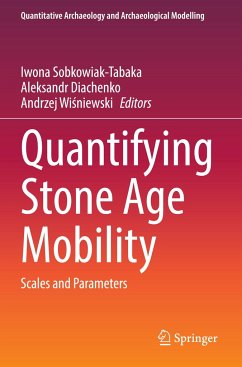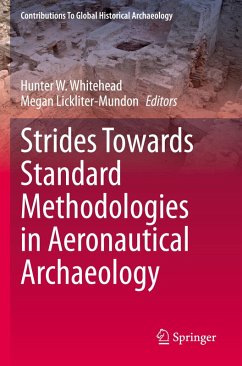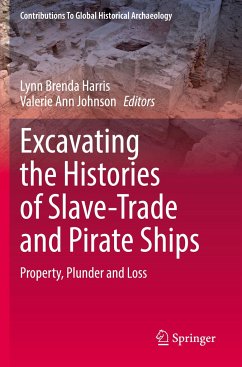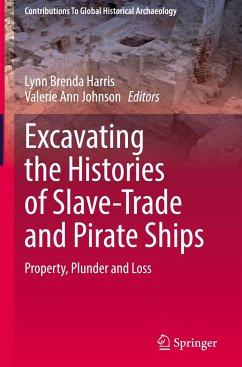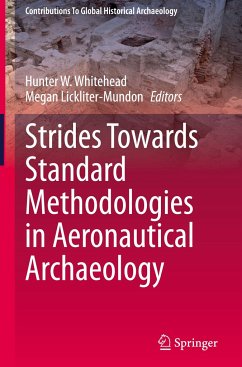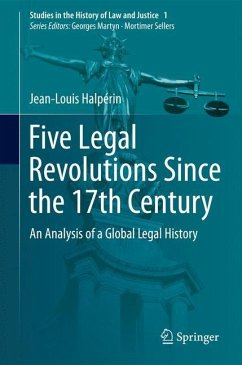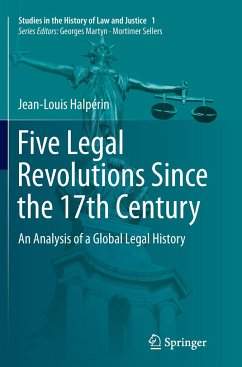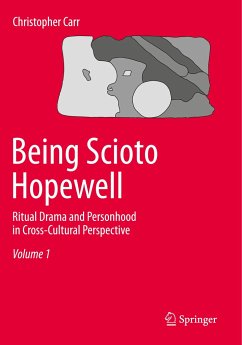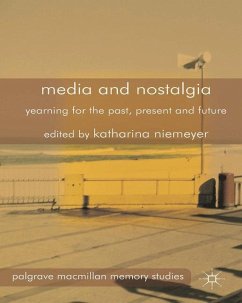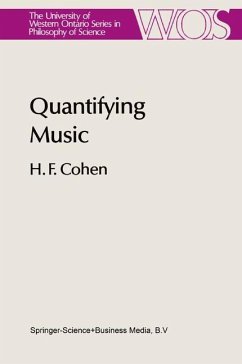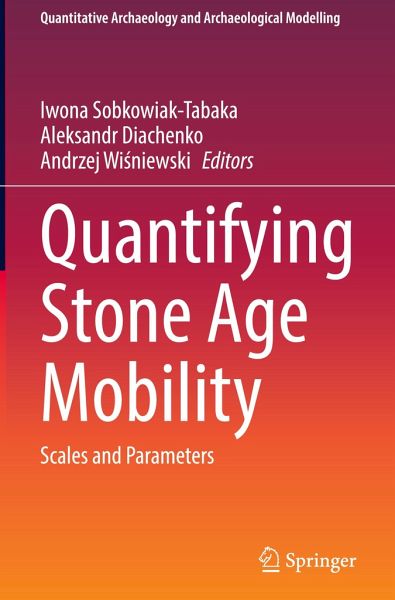
Quantifying Stone Age Mobility
Scales and Parameters
Herausgegeben: Sobkowiak-Tabaka, Iwona; Diachenko, Aleksandr; Wisniewski, Andrzej

PAYBACK Punkte
53 °P sammeln!
This book focuses on the analysis of different scales of mobility and addresses parameters and proxies of population movement aiming at the formation of a 'ground' for the further development of quantitative approaches. In order to do so, the volume explores wide scale mobility (environmental contexts and cross-cultural trends), seasonal mobility of Paleolithic and Mesolithic hunter-gatherers, and migration, niche construction, utilitarian and non- utilitarian factors of mobility.Chapters in the volume include case studies from across Europe and Asia. The editors' introduction addresses the cu...
This book focuses on the analysis of different scales of mobility and addresses parameters and proxies of population movement aiming at the formation of a 'ground' for the further development of quantitative approaches. In order to do so, the volume explores wide scale mobility (environmental contexts and cross-cultural trends), seasonal mobility of Paleolithic and Mesolithic hunter-gatherers, and migration, niche construction, utilitarian and non- utilitarian factors of mobility.
Chapters in the volume include case studies from across Europe and Asia. The editors' introduction addresses the current state of mobility discourse in archaeology. The chapters address questions related to parameters used to describe different factors of movement and examines correlations between parameters describing environmental diversity, demography, and the values representing spatial movement. This volume is of interest to students and researchers of mobility of human beings in the past.
Chapters in the volume include case studies from across Europe and Asia. The editors' introduction addresses the current state of mobility discourse in archaeology. The chapters address questions related to parameters used to describe different factors of movement and examines correlations between parameters describing environmental diversity, demography, and the values representing spatial movement. This volume is of interest to students and researchers of mobility of human beings in the past.



